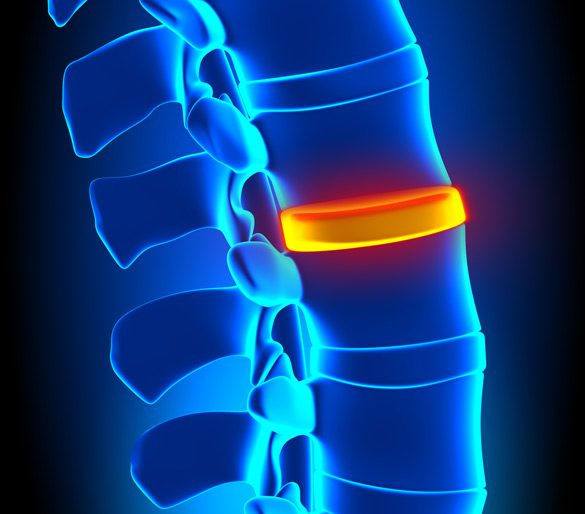When surgery becomes a consideration for relief from spine pain affecting either the back or neck, there’s a tendency to prefer a procedure that is as minimally invasive as possible. The specific type of spine surgery recommended will depend on the source of the pain and other factors such as symptoms experienced. Microdiscectomies (microdecompressions) and fusions are among the most common minimally invasive procedures performed. The purpose for such procedures is often to relieve radiating pain or lower back discomfort and stabilize the spine.

Microdiscectomy
If protruding disc material (disc herniation) is the source of radiating nerve pain, often referred to as sciatica, a minimally invasive procedure called a microdiscectomy may be performed. During the surgery, the protruding part of the damaged disc that’s pressing on the spinal nerve root is removed. At one time, it was a complex procedure that often involved a lengthy hospital stay. Thanks to the development and implementation of minimally invasive procedures, a microdiscectomy performed today is done with smaller incisions to remove the damaged disc.
Retractors and a special operating microscope are used as the surgery is performed to visualize the affected area of the spine and allow access to remove the offending disc. Part of a bone called the lamina may be removed to allow for better visualization, depending on the location of the herniated disc. Due to the way the procedure is performed, scarring is usually minimal and patients often go home either the same day or the next day. If patients were experiencing leg pain due to nerve compression, relief after a microdiscectomy is usually immediate after surgery. For radiating pain that included numbness and tingling sensations, it may take a few weeks or months for the affected nerve roots to fully heal.
Fusion Surgery
A fusion is sometimes done at the same time as microdisc surgery to restore stability to the spine. This goal is accomplished by adding bone graft material to the space that was left by the removal of the damaged disc. Bone graft material can be artificial or it may come from the patient’s own bone, usually from a part of the pelvic bone known as the iliac crest or from another part of the spine or a rib.
During the procedure, a special X-ray is used to guide the surgeon to the correct location. Spacers are sometimes inserted during fusion surgery where the graft material will be placed. Hardware is inserted to keep the spine stable until the bone graft material “fuses” with the two adjacent vertebrae. It typically takes about 3-4 months for the fusion to form. Fusion surgery is performed to treat many spinal conditions, including:
- Degenerative disc disease (DDD)
- Scoliosis and kyphosis
- Spinal fractures
- Spinal tumors

Candidates for minimally invasive spinal surgery are generally in good overall health with a clearly identified source of pain relegated to one area along the backbone. Less invasive procedures also mean fewer risks associated with the surgery itself, a shorter hospital stay, and a faster recovery and recuperation time.
